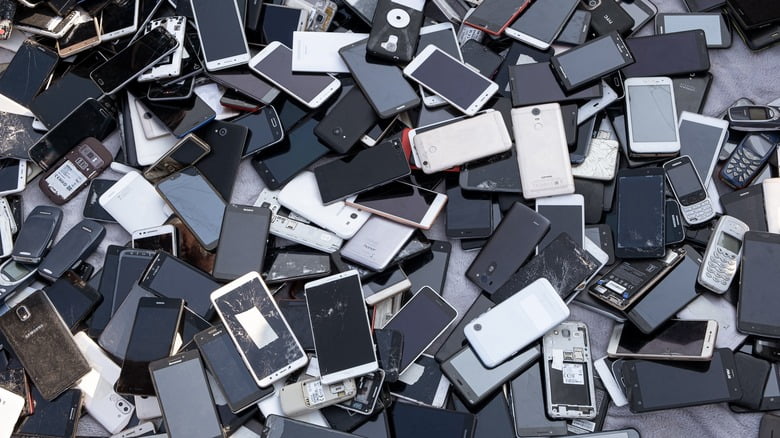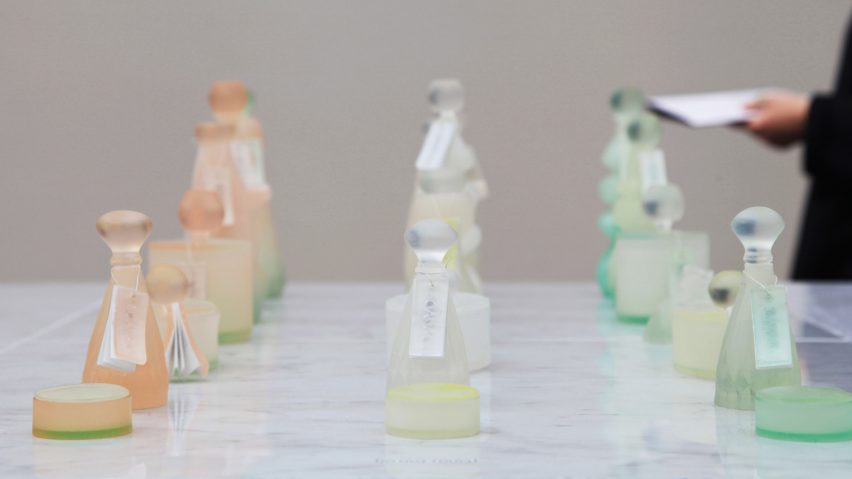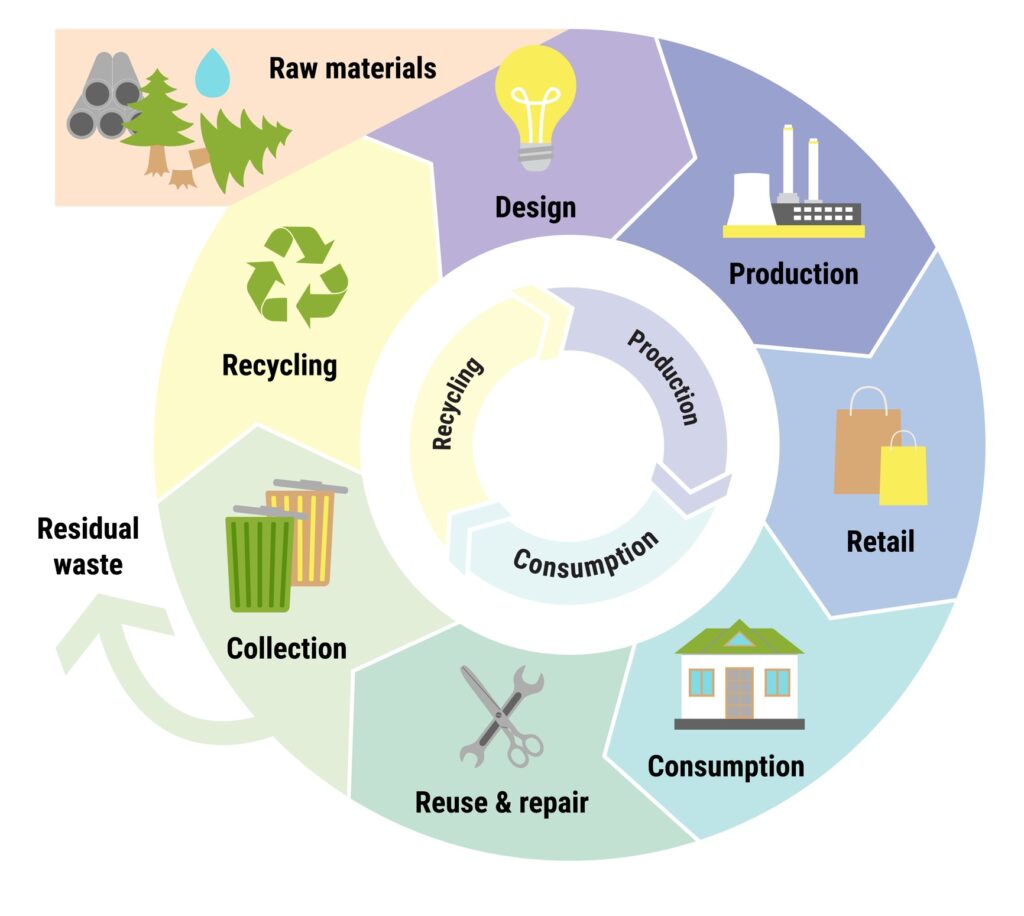Did you know that approximately 80% of product-related environmental impact is determined during the design phase?
Industrial Designers hold a lot of environmental responsibility when designing new products. However, through thoughtful decision making, they can greatly reduce the environmental impacts throughout a product’s lifecycle. With this in mind, designers can consider sustainable materials, circular design practices, and thoughtful decisions for the future. Consequently, this can reduce resource consumption, minimize waste generation, and curb greenhouse gas emissions.
Here are sustainable industrial design practices for you to consider.
Sustainable Materials
What makes a sustainable material? Put into simple terms, it is a material that holds minimal environmental impact in its production or disposal.
Industrial designers should select materials that are renewable, recyclable or biodegradable. Additionally, it is important to be aware of harmful chemicals that can be released during the production process. Some examples of sustainable materials include wood, bamboo and cork, as well as stainless steel, aluminum and recycled plastics. Recycling or upcycling materials can also help lower greenhouse gas emissions, lower energy consumption and minimize waste.
Read our article on popular environmentally friendly materials if you are interested in learning more about sustainable materials that you can use in your next project.

Bamboo, recycled plastics, nylon, and cork are very common and easily accessible sustainable materials
The usage of sustainable materials is becoming a more and more common practice. The general public has become more environmentally conscious and the industry is following this trend. Consequently, research into color, material, and finishing (CMF) has expanded to consider sustainable materials early on in the design process.
Be it natural, recycled or durable materials, you don’t have to worry about running out of options.
Design Thoughtfully
Just as important as choosing a sustainable material, is choosing the right material for your product. You must consider: is your product going to be designed to last a life time? Generations? Or will your product be disposed of in a short period? This will help you to determine which material makes the most sense for the sustainability of your product.
To illustrate this we’ll think about items that are typically designed by industrial designers. Think medical equipment, high-quality kitchen knives, cast iron cookware, durable luggage, or even well-constructed furniture. These are made to last, therefore choosing durable materials makes sense. With that in mind, they should choose choose materials which don’t deteriorate quickly. This reduces the amount of waste that would be produced in the product’s lifecycle.
Planned Obsolescence
Unfortunately, planned obsolescence is becoming more and more common among larger companies. This is a calculated strategy where manufacturers intentionally design products with a limited lifespan. This forces consumers to continually replace their products with newer versions, to increase company profits.

Think about your phone. Product cycles becoming faster and faster, and it’s become widely accepted that you’re going to have to replace it every 2-3 years. Whether it is for functional or aesthetic purposes, the environmental impacts of this are significant. Electronic devices are materially designed to resist decomposition, forever. It might take up to 1-2 million years for these products to fully decompose.
On the other hand, some designers are creating thoughtful products which evoke a hopeful future. Post-graduate student Mi Zhou has developed a brand of toiletry bottles which are cast from soap and dissolve when they are no longer useful. The product line is called Soapack, and it has the potential to stop thousands of plastic bottles from entering the landfill. To make each product, vegetable oil-based soap is dyed with natural pigments then formed into a mold. Then the product is coated with a thin layer of beeswax to ensure that it is waterproof and doesn’t dissolve before the contents are used up. As a result, it saves the countless number of plastic bottles than would have been used and discarded. This illustrates just one of many examples of how sustainable design can open the doors for innovative concepts.

Soapack Sustainable Soap Packaging
Being aware of your product’s lifecycle and the user’s journey is so essential for developing a sustainable product. It makes you as a designer aware of the environmental repercussions of your product, and empowers you to choose the right materials and processes to minimize these negative effects.
Embrace Circular Design

Circular design in its essence is extending the life-cycle of a material for as long as possible. Throughout the design process, industrial designers must consider a product from production all the way to its end-of-life. Designers must consider its physical durability, emotional durability, and the recyclability of the product. Physical durability refers to product material’s resistance to damage and wear over time. Emotional durability refers to the product’s relevance and desirability to users over time. And recyclability refers to how easily product materials can be disassembled and remade into new products.

IKEA’s Kungsbacka cabinet line
Incorporating circular design principles minimizes waste and maximizes the lifespan of the product. Designers should incorporate circular design principles at the beginning of their development process, with every decision falling within this framework. An example of this is the IKEA Kungsbacka, a kitchen cabinet made entirely from recycled materials. Specifically recycled wood and plastic bottles. This product is an excellent example of how a product life cycle can be extended. The Kungsbacka cabinet converts the short life-span of the water bottle into a durable and long-lasting product. In fact, the cabinet is also designed for disassembly, meaning that it can easily be taken apart for recycling or refurbishment. As a result, the Kungsbacka received international acclaim for its sustainable design, and won several awards, including the 2018 Red Dot Award for exceptional product design.
The popularity of this product signals the widespread appeal of circular design principles. Particularly, Kunsbacka’s usage of recycled materials, the product’s durability and its design for disassembly. All in all this is a great example of how industrial designers can promote a circular economy within their product designs.
Carbon Footprint and Energy-Efficiency
It is important to consider the carbon footprint of product design. Thinking from material extraction and production, all the way to a product’s end-of-life. The production of a new product requires the material extraction of resources such as oil, gas, and minerals. However, this intensive process leads to the destruction of ecosystems, pollution and contributes to climate change. Designers can also consider energy-efficient features in their products. Including low-energy lighting or sensors which can also help to reduce the impacts of consumer product usage. It is important to consider the life cycle of products, to minimize your ecological and carbon footprint, and to contribute to a more sustainable future.
Conclusion
Industrial design plays a critical role in minimizing the environmental impacts of products. Making thoughtful decisions early on, to plan out a products lifecycle is key to developing sustainable products. With this in mind, consider using sustainable materials, embracing circular design, and being conscious of a product’s carbon footprint. By prioritizing sustainability during the design process, industrial designers can nurture a more environmentally sustainable future.